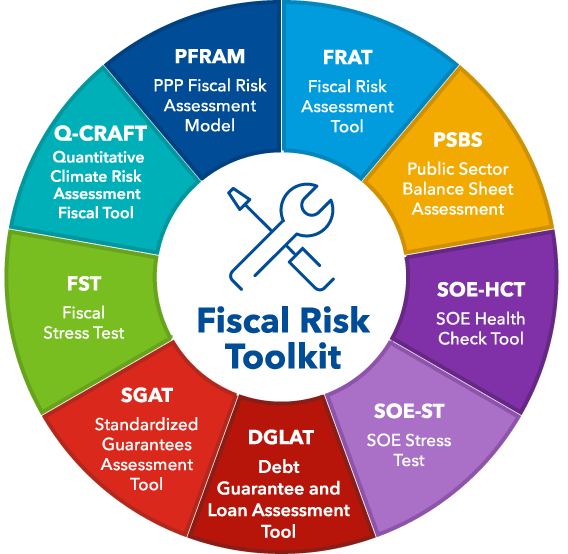
FISCAL RISK TOOLKIT

provides a forward-looking assessment of the resilience of an SOE's financial position under a range of alternative scenarios. It assesses SOE financial positions under a baseline and macroeconomic stress scenario, and quantifies the potential impacts on public finances. The analysis can inform budget planning, decision making on whether, and under what terms, to extend state support to SOEs, and whether remedial actions may be required to strengthen an entities financial position and its resilience to future potential shocks.
SOEs comprise a significant share of economic and public sector activity in many countries, managing public assets equivalent to half of global GDP. Well-governed, SOEs can promote economic development and have the potential to support the provision of important goods and services to the public, while generating financial returns for taxpayers. But, poorly performing SOEs can be costly for public finances and generate significant fiscal risks.
SOE financial performance is shaped by a range of external factors such as demand, input prices, or exchange rates, as well as uncompensated public policy obligations. These factors, combined with the quality of internal governance and management of an SOE, can impact on an its profitability and solvency.
Forward-looking SOEs assessment tools can help assess the resilience of SOEs. By assessing an SOEs financial performance under different economic scenarios, over a multi-year horizon, they can help identify the economic conditions under which fiscal costs are may materialize, and what their consequences on public sector finances might be.
The Stress Test Tool and SOE Health Check Tool are complementary and help policymakers identify SOEs that may be financial vulnerable and are higher risk of generating fiscal costs. The tool can also support analysis related to other IMF tools including: